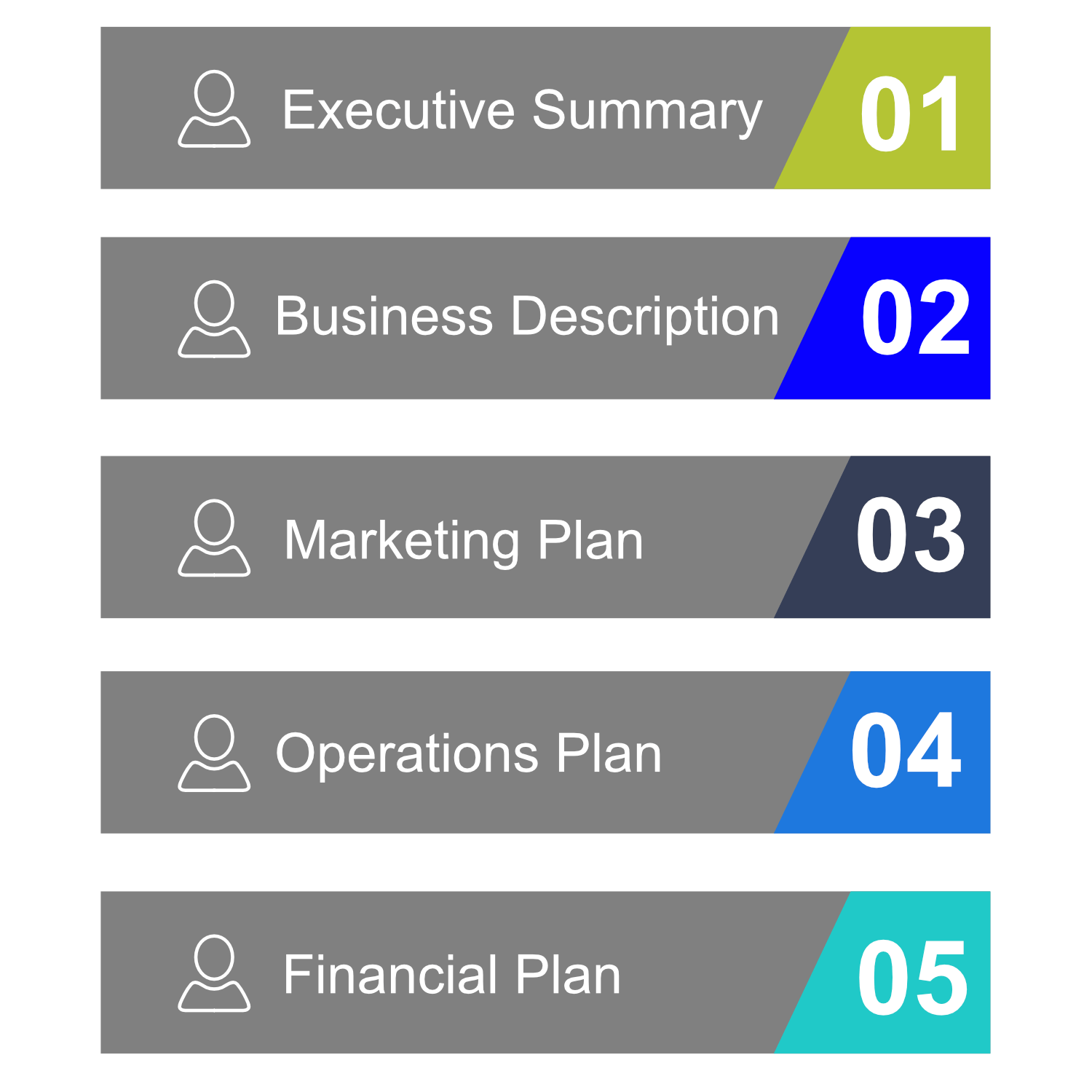How to create a business plan that works
In this blog we will be discussing the steps to take to create an impactful business plan that works. Creating a business plan is probably one of the most important steps every founder, entrepreneur and business owner has to take. It helps you understand your business, clients, challenges and opportunities.
The Benefits of a Business Plan
Creating a business plan is a great way to organize your thoughts and set your business up for success. If you're thinking about starting a business, be sure to create a business plan and follow it closely.
Some of the benefits of having a business plan include:
- A business plan can help you stay focused on your goals.
- A tool to help you track your progress and make changes as needed.
- Document to help you attract investors and lenders.
- The plan can help you make better business decisions.
- Help you manage your finances.
How to create a Business Plan
Creating a business plan is essential for any business, whether it is a newly established business or one that has been in operation for some time. A business plan provides a roadmap for the business, outlining the goals and objectives that need to be achieved, as well as the steps that need to be taken in order to achieve them.
The first step in creating a business plan is to assess the current state of the business and identify its strengths and weaknesses. This includes assessing the business's market position, its competitive environment, its customer base, and its overall financial position. Once this is done, the business can set realistic goals and objectives for the future.
The business plan should then outline the specific steps that need to be taken in order to achieve these goals. This may include marketing and sales strategies, research and development plans, human resources plans, financial projections, and more. The business plan should also include a detailed budget, which will help to track the progress of the business over time.
A well-crafted business plan can be an invaluable tool for any business, and can help to ensure that the business is on track for success.
Steps in building a Business Plan
- The first step in creating a business plan is to come up with a clear and concise idea of what your business will be. This means you need to have a good understanding of the industry you will be entering, the products or services you will offer, your target market, and your competitive landscape.
- Once you have a firm idea of what your business will be, you need to come up with a business model. This is a detailed explanation of how your business will operate, including how you will generate revenue, how you will market and sell your products or services, and how you will manage your day-to-day operations.
- Next, you need to develop a marketing and sales strategy. This should include a description of your target market, your marketing goals and objectives, and your planned marketing channels and tactics.
- After that, you need to create a financial plan. This should include your projected revenue and expenses, as well as your estimated start-up costs and funding requirements.
- Finally, you need to put all of the pieces together and create a complete business plan. This should include a detailed description of your business, your business model, your marketing and sales strategy, your financial plan, and your risk assessment.
The components of a business plan
A business plan is a comprehensive document that outlines the business goals, strategies and tactics, and how they will be achieved. The components of a business plan typically include the following:

Executive Summary
This section provides a high-level overview of the business, its products and services, and its key objectives.
Business Description
This section provides a detailed description of the business, its products and services, and its target market.
Marketing Plan
This section outlines how the business will attract and retain customers. It includes a description of the company's marketing strategy, as well as its advertising and promotional plans.
Operations Plan
This section outlines the business's operational strategies, including its production plans, staffing requirements, and management structure.
Financial Plan
This section outlines the financial projections for the business, including its income statement, cash flow statement, and balance sheet.
From Business Plan to Business Strategy
A business plan is a document that outlines the goals and objectives of a company and the steps needed to achieve them. A business strategy is a plan for how a company will achieve its goals and objectives.
While a business plan is static and may only be updated once or twice a year, a business strategy should be dynamic and revisited frequently in order to ensure that it is still relevant and effective. There are a few key differences between a business plan and a business strategy.

A business plan focuses on the past and present, while a business strategy focuses on the future. A business plan is typically concerned with financials and operations, while a business strategy is concerned with how a company will compete and grow.
A business plan is a document that is used to attract investors and partners, while a business strategy is a document that is used to guide decision-making.
Many businesses start with a business plan, but it is important to realize that a business plan is not a strategy. A business plan is a starting point, but it is important to evolve it into a business strategy in order to be successful.
Read more on Business Strategies approached on our blogs here: https://skhokho.io/blog/strategy
Get started with Skhokho Today: https://skhokho.io/authentication/register










